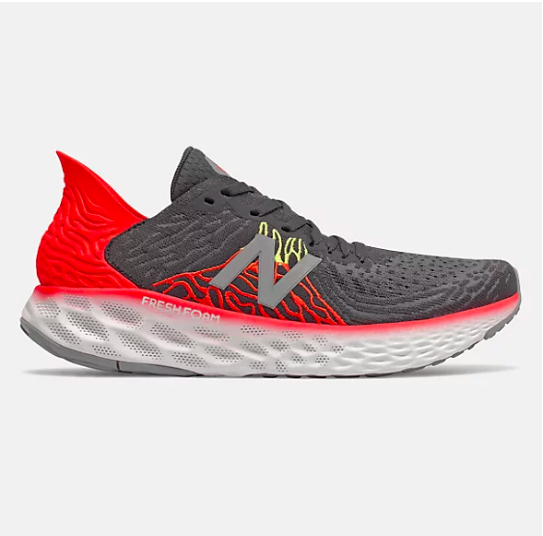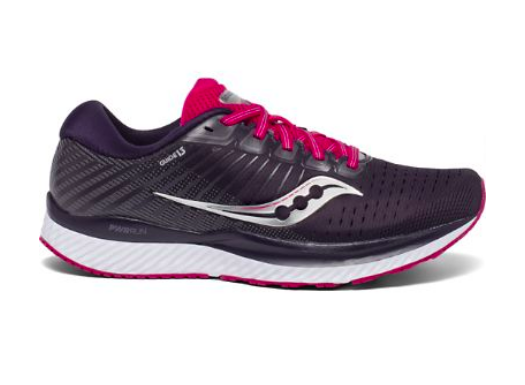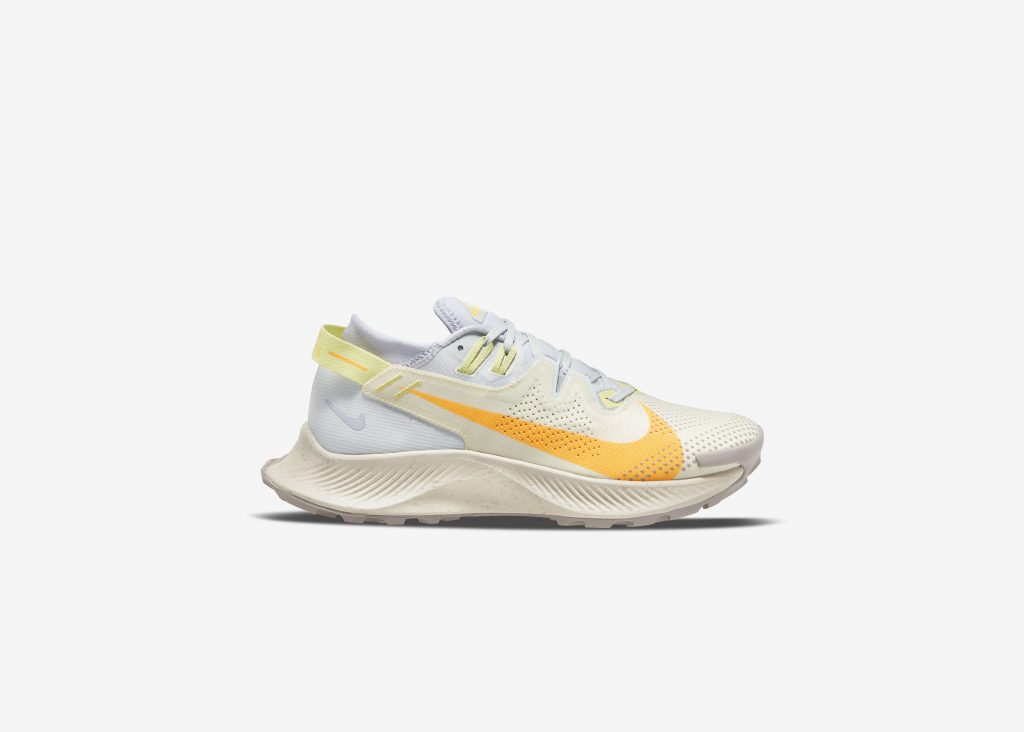COVID-19 may just prompt the Third Great Running Boom. With gyms closed and Spin classes out, we saw people who exercise once a week increase their workout frequency by 156% during the pandemic. And for athletes who workout once or twice-per-week, their exercise frequency increased by 88%, according to RunRepeat, a website that helps people buy shoes. So what’s everybody doing? Running, of course. And while it’s true that all you need is a pair of sneakers, a running bra and some water, it’s also true that different feet require different sneakers. In a new series from iRun designed to initiate new runners into our sport, we look at a few overriding needs for new runners, like this one: What do I need to know in order to buy comfortable, affordable new running shoes?
5. You can’t only run in one brand of shoes.
Some people say, for instance, they can only run in ASICS. But that’s impossible: ASICS has tons of different lines of shoes. As does most every other even mid-sized athletic company. Each shoe from each company can be radically different, so keep your mind open when it comes to shoe brands. Popular brands include New Balance, Saucony and Nike, but there are also upstarts like MATH Sport, ON and Salomon, and none of these companies are “better” than others. It’s a matter of personal taste.

“The biggest mistake we see is that someone will see a shoe with the word RUN written on it, and think they’re good,” says Mike Anderson, owner of BlackToe Running in Toronto. “That’s a marketing tactic—doesn’t mean anything in terms of finding the shoes that are perfect to actually run.”
4. Lighter isn’t necessarily better.
Having super light sneakers is important if you’re trying to qualify for the Olympics or break the 2-hour marathon record. Otherwise, comfort is the optimal feature you should be seeking. Obviously you don’t want to run in a pair of bricks, but cushioning is important for new runners. Running is a lot of pounding, usually on concrete, and your shoes are shock absorbers: go easy on yourself when you’re just starting out—get sneakers that will absorb the blows, like the Brooks Ghost, Under Armour HOVR Machina, pictured, or the Reebok Floatride.

3. Running shoes don’t have to be ugly.
2020 has seen massive innovation with sneakers, including lighter foams, digitally connected features that measure strides, and a better over-all sense of style. And we’re not talking about the Stella McCartney line or something from Kanye West, but mid-priced technically innovative running shoes can have cool technical detailing, like the Asics Kayano or slick Lamborghini-shaped bodies, like the Nike Vapor Fly—shoes that look like the Batmobile. Having running shoes that motivate you to actually wear them is important. Get shoes that you think look cool. It will help you run.
“It doesn’t have to be a trade-off between function and fashion,” says BlackToe’s Anderson. “Running shoes should look good enough that you’re happy to put them on. It’s a boost psychologically.”

2. You will get injured if you wear the wrong thing.
“I can predict what kind of injury a person has when they walk in with new shoes,” says Anderson, mentioning shoes like slip-on Vans or Converse All Stars might be comfortable, but lack the necessary support that runners—especially new runners—need pounding on the concrete. Technical features to consider are the amount of cushioning, degree of stability, and range of heel drop. The vast majority of runners employ a “neutral” running style, which means you probably don’t need sneakers to correct pronation, or how your foot rolls with each step. “People come in and think they need a high-stability shoe or minimal shoe—and 90% of the time, they’re wrong,” says Anderson, who also recommends getting a virtual fit with a run specialty retailer like what he offers in his Toronto location, where runners can receive virtually 80% of what would happen in-store during a fitting.

A neutral sneaker with good cushioning that’s comfortable and looks good, like the Saucony Guide, pictured above, is what you’re seeking. And they’re out there. In spades.
1. Spend $160, and expect your shoes to last—at least—seven months.
Let’s say you’re a new runner starting out, and maybe you’ll run 10K per week. Maybe you’ll do three kilometres a few times to get started and gradually increase your distance by the spring to something like 30 kilometres-per-week, if all goes well. A good pair of sneakers can handle upwards of 700 kilometres, so you do that math. Of course, the winter can be hard on your running shoes, but if you buy a new pair of Saucony Omni ($180) or Pegasus by Nike ($155), you should be ably covered until Christmas, easily. If you’re not going to renew your gym membership, $160 isn’t that much to spend for your next seven months of workouts.

Oh, and one more thing: when buying new sneakers, keep a centimetre of space between your big toe and the end of the shoe. Your running sneaker should be the same size as your street shoe, although your foot might swell up to half a size when running your first marathon . . .
But we’ll save that for another day.
To subscribe to iRun magazine, and enter our new Running is Awesome portal, designed to help new runners enter our sport, please click here.






 Current Issue
Current Issue Previous Issue
Previous Issue Prior Release
Prior Release
